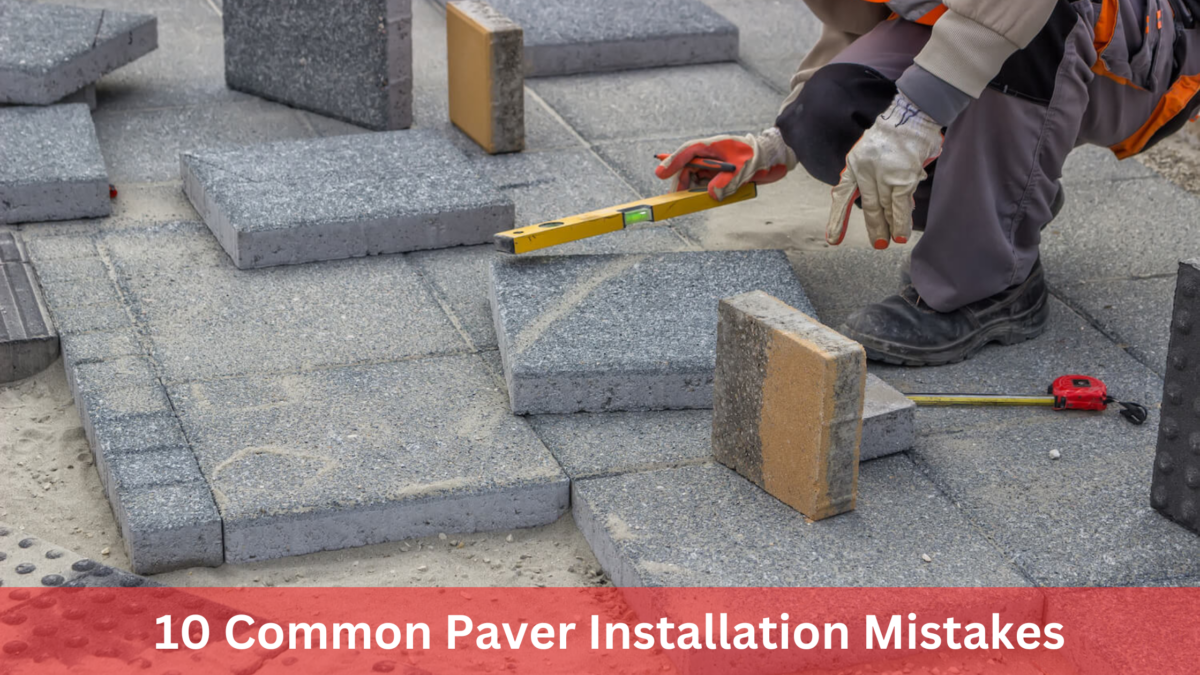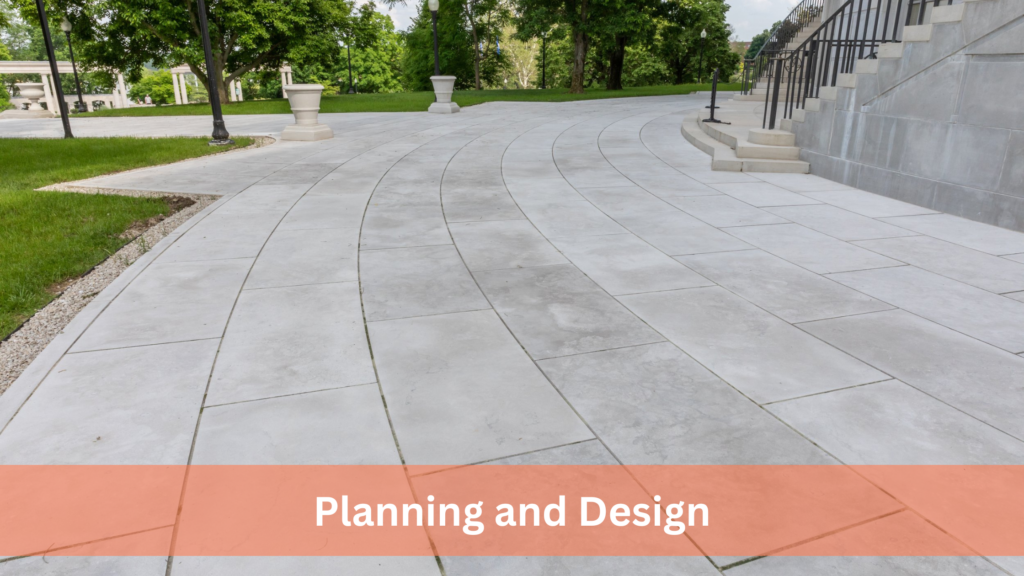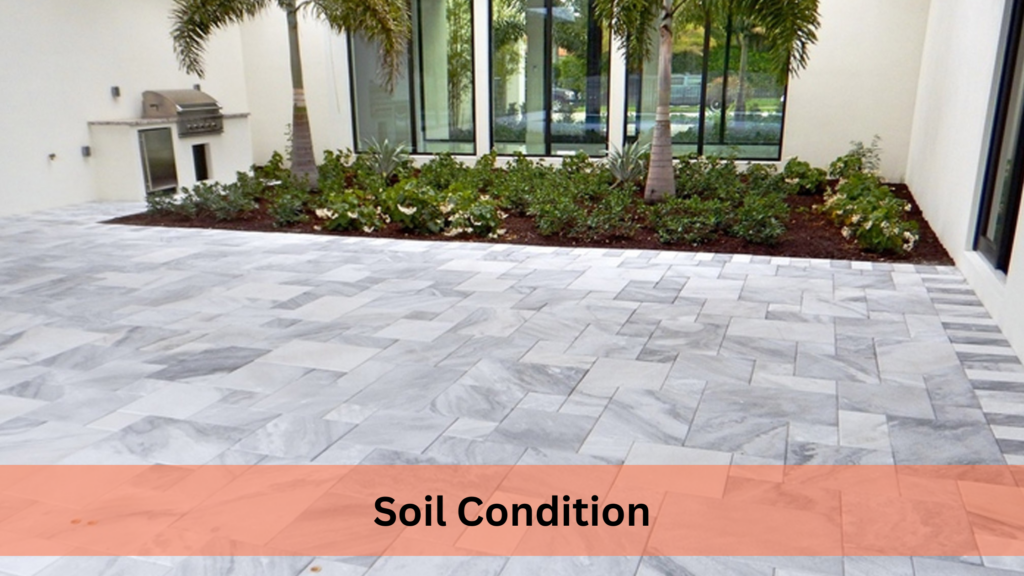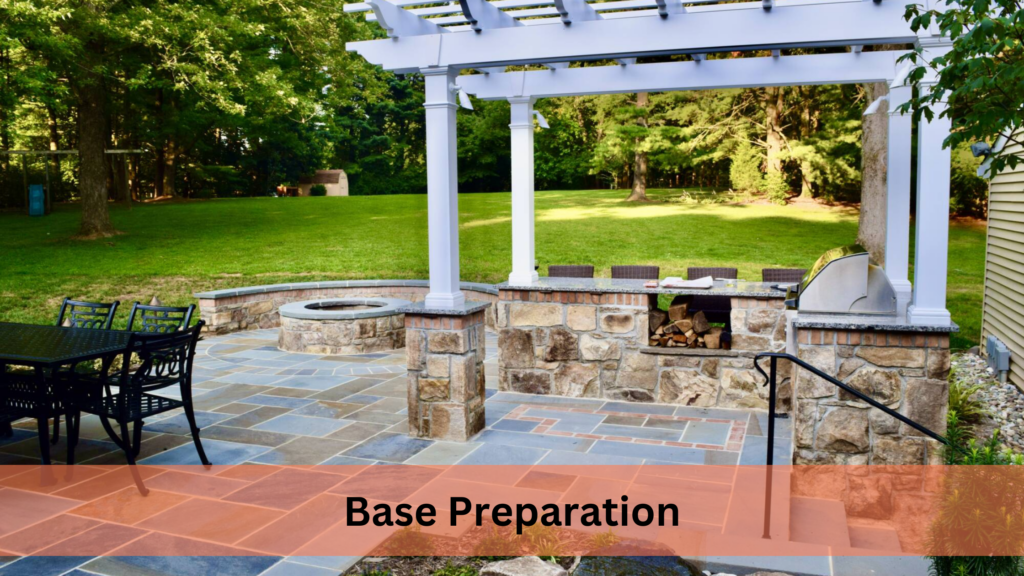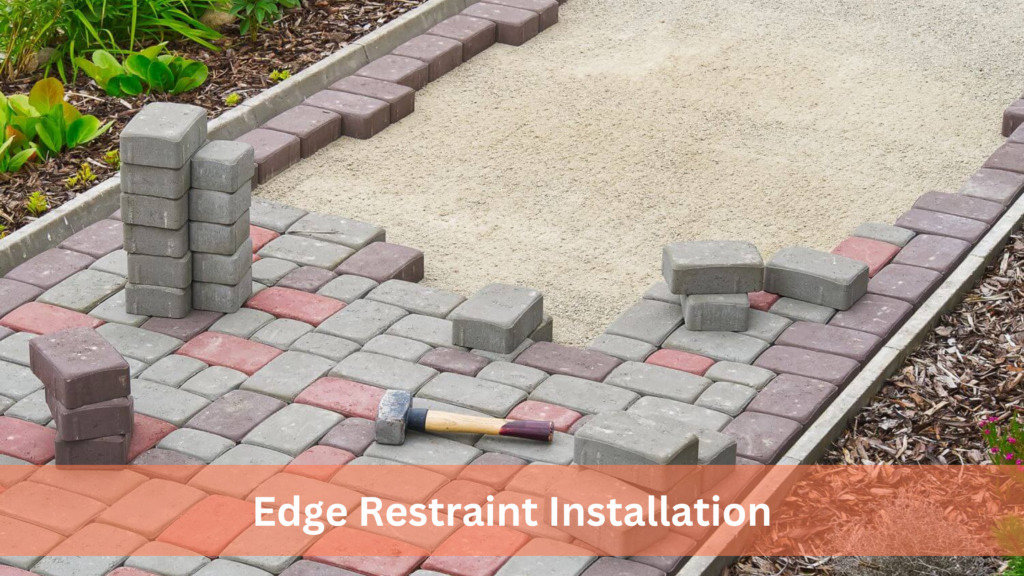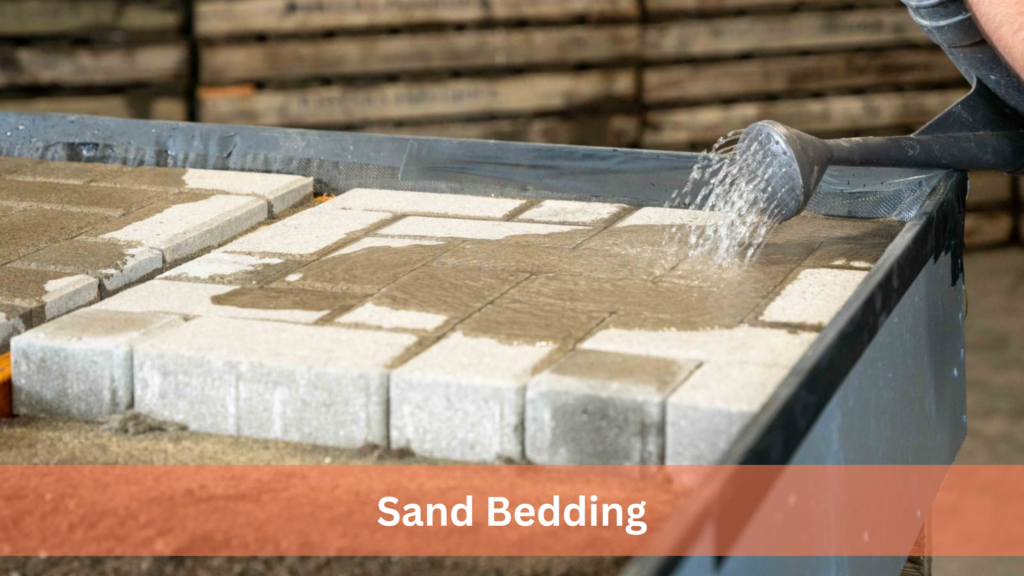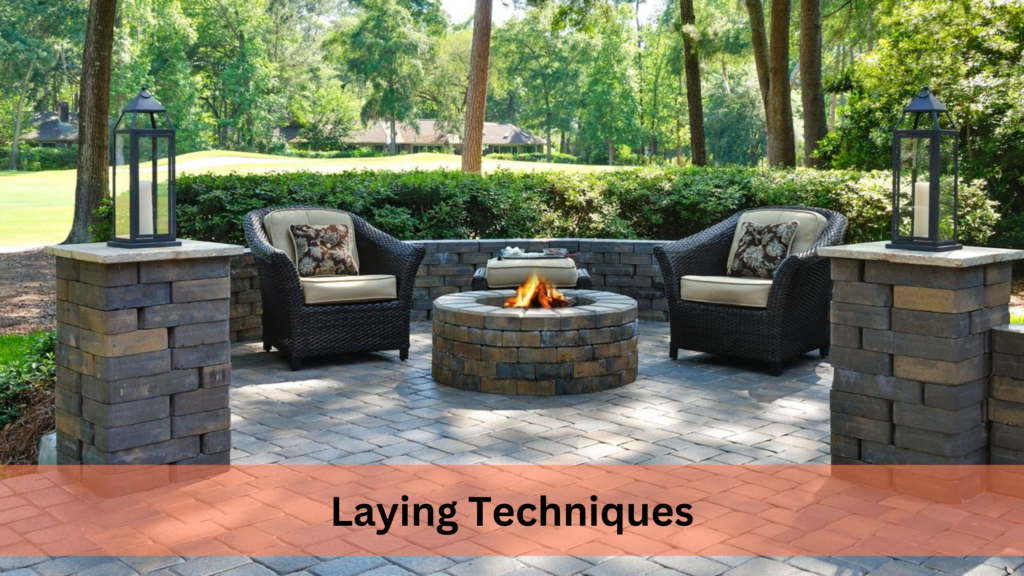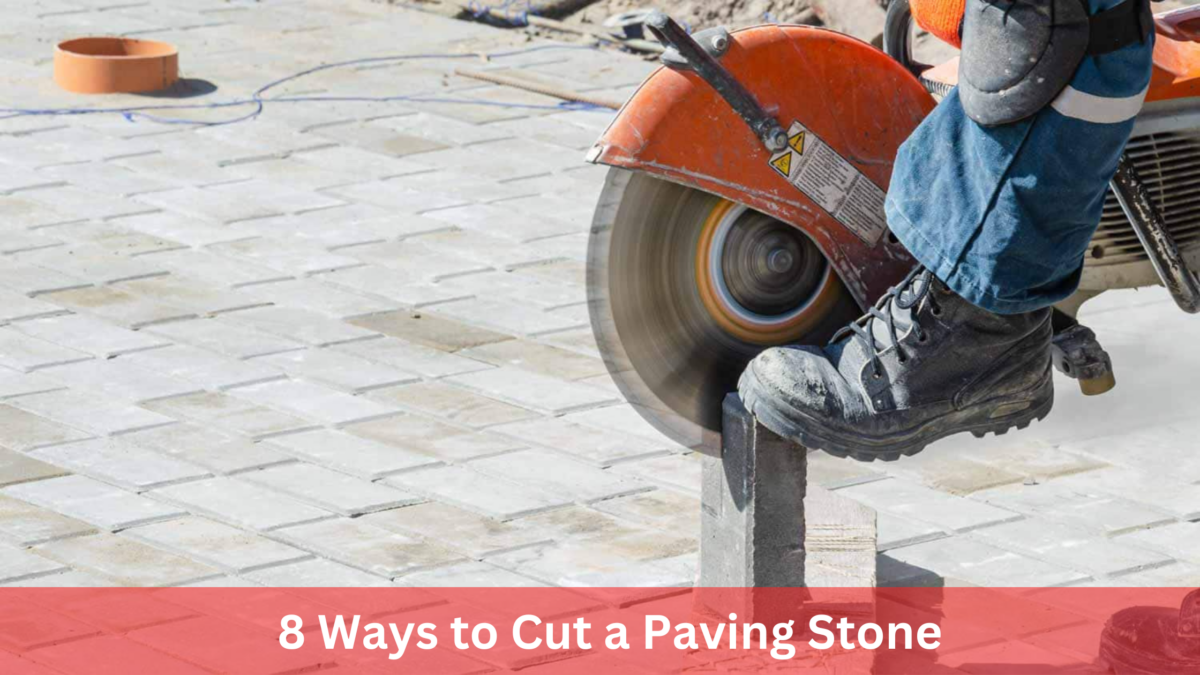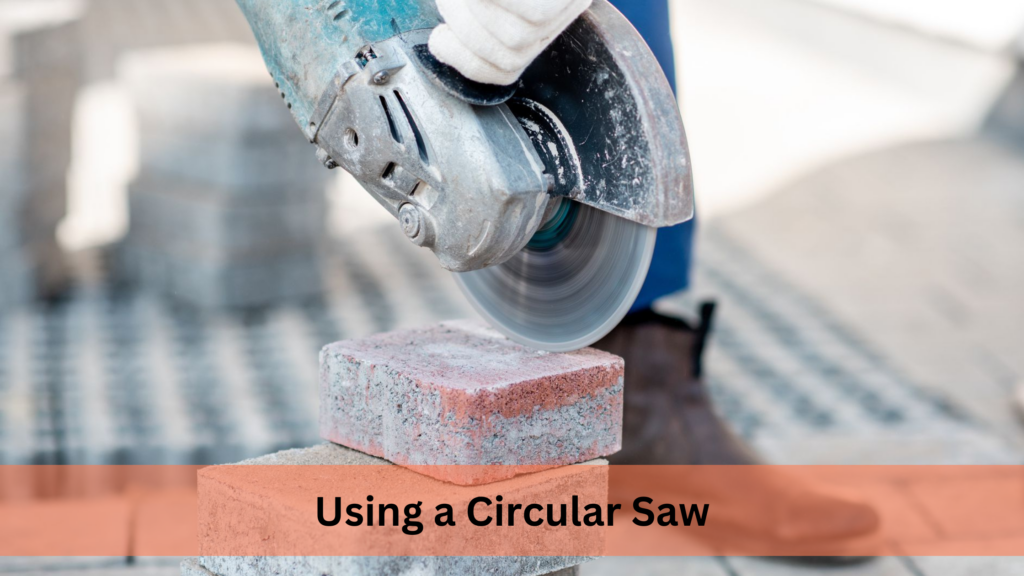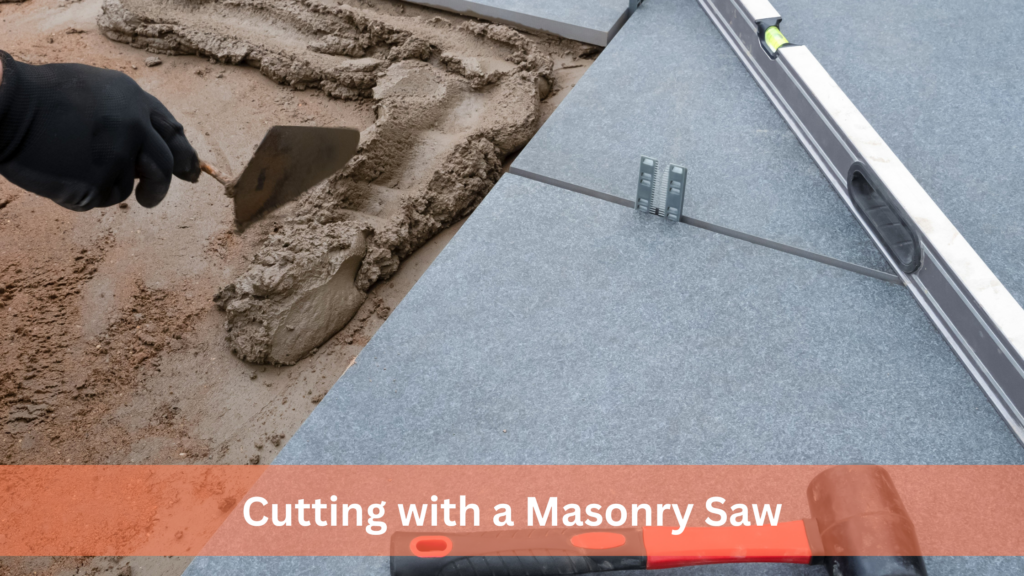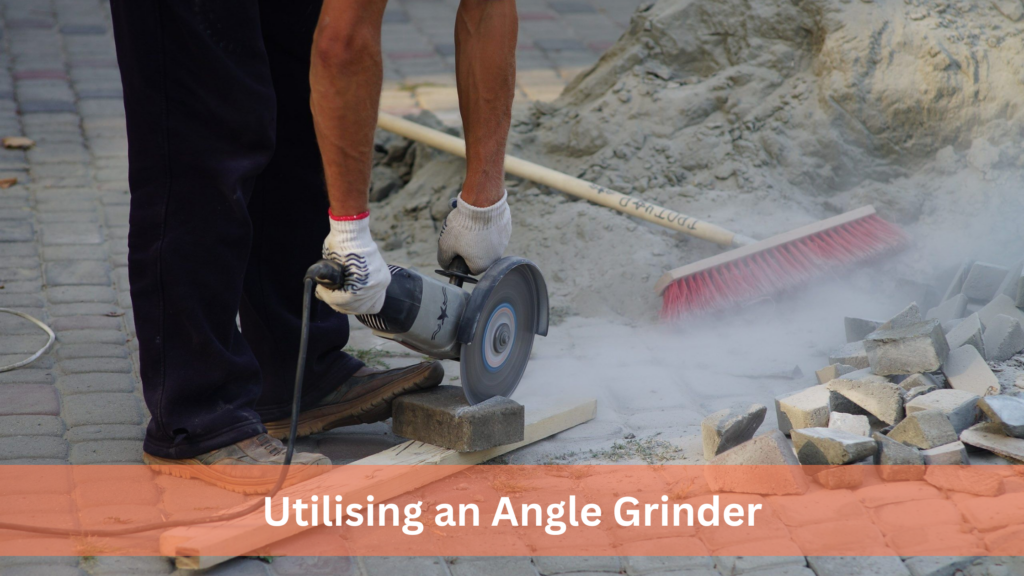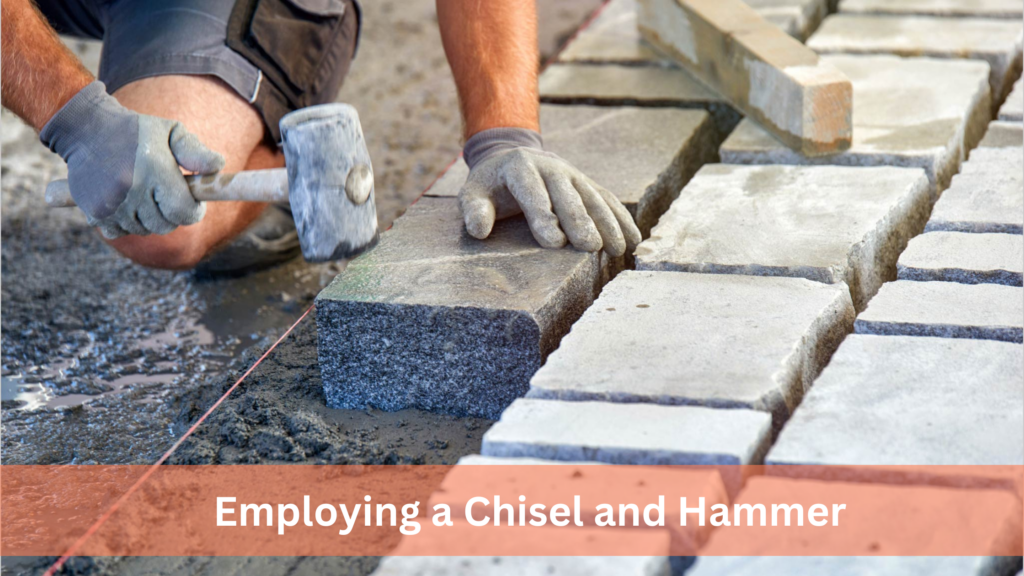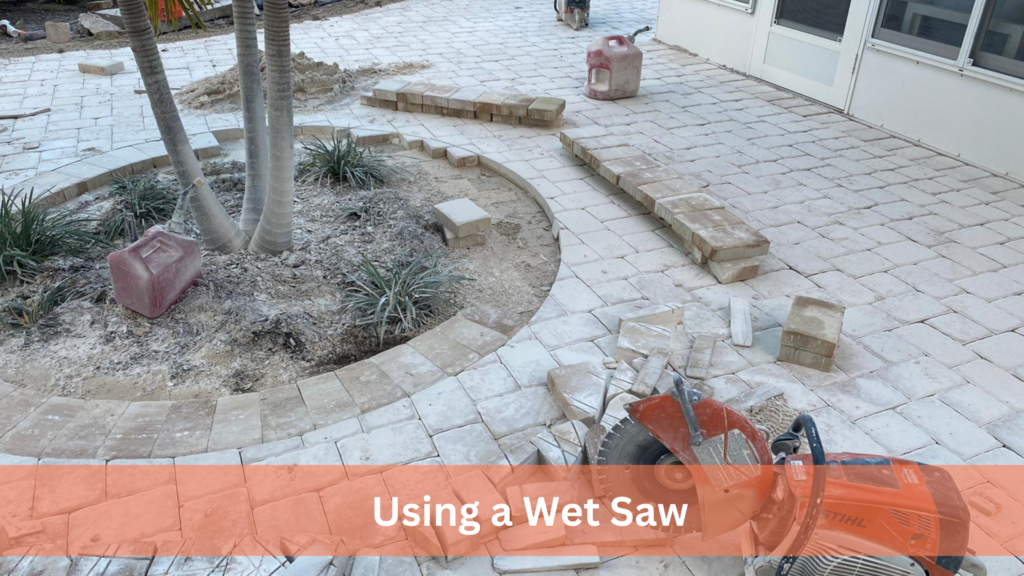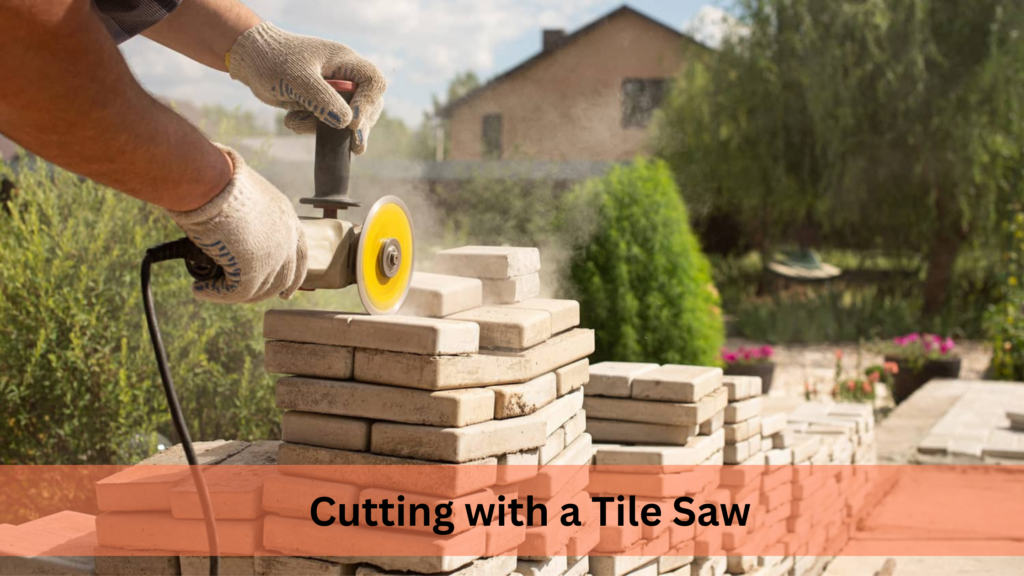Why Should A Driveway Be Paved With Pavers?
Driveways face constant wear and tear from vehicles and weather, often resulting in cracks and potholes.
These issues diminish your home’s aesthetics and lead to costly repairs and safety hazards.
Paving your driveway with pavers offers a durable, visually appealing, cost-effective solution to these common problems.
Why should a driveway be paved with pavers?
Driveways should be paved with pavers for several reasons. Pavers offer unmatched durability, aesthetic appeal, and low maintenance compared to traditional materials like concrete or asphalt. Their interlocking design ensures longevity, while a wide range of styles allows for customisation to suit any home.
Top benefits of paving driveway
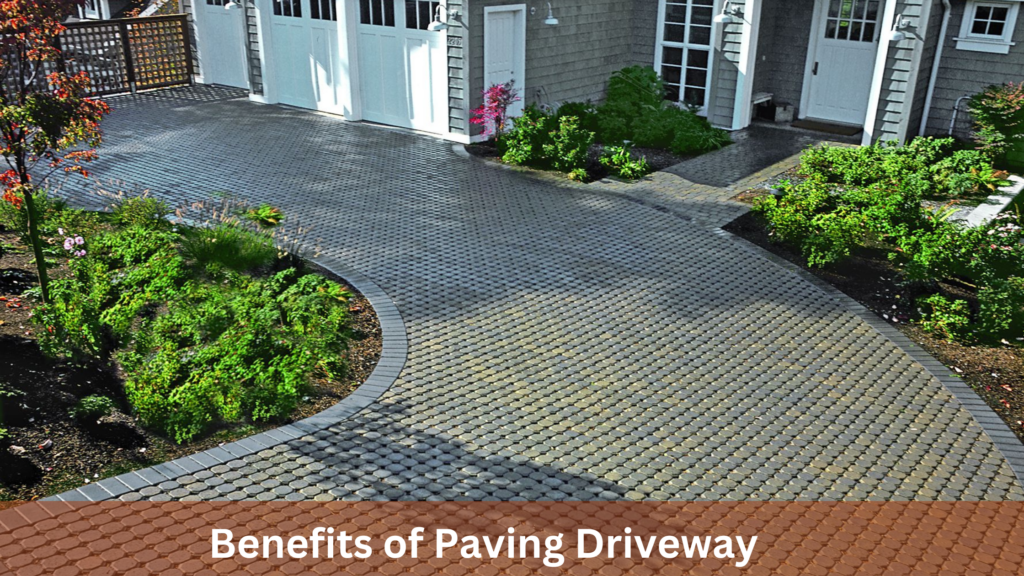
Imagine transforming your home’s exterior with a driveway that enhances curb appeal and stands the test of time. Paving driveways offer a blend of durability, visual appeal, and cost-effectiveness that surpasses traditional options. Ready to discover why homeowners are making the switch?
Dive into the top benefits of a paving driveway and see how this investment can elevate your property’s value and aesthetic charm.
1. Durability and longevity
Regarding durability and longevity, pavers stand head and shoulders above other driveway materials.
Made from robust materials like concrete, brick, or natural stone, pavers are engineered to withstand the harshest weather conditions, including heavy rain, snow, and UV exposure.
Unlike concrete or asphalt, which can crack and deteriorate over time, pavers resist cracking and fading, ensuring that your driveway maintains its pristine appearance for years.
One key factor contributing to pavers’ durability is their interlocking design. This design allows them to distribute weight evenly across the surface, reducing the risk of cracking under pressure. Individual pavers can be easily replaced if damaged, making repairs quick and cost-effective.
Studies have shown that adequately installed paver driveways can last over 30 years, significantly longer than traditional concrete or asphalt driveways. This longevity saves homeowners money in the long run and minimises the need for frequent maintenance and repairs.
2. Visual appeal
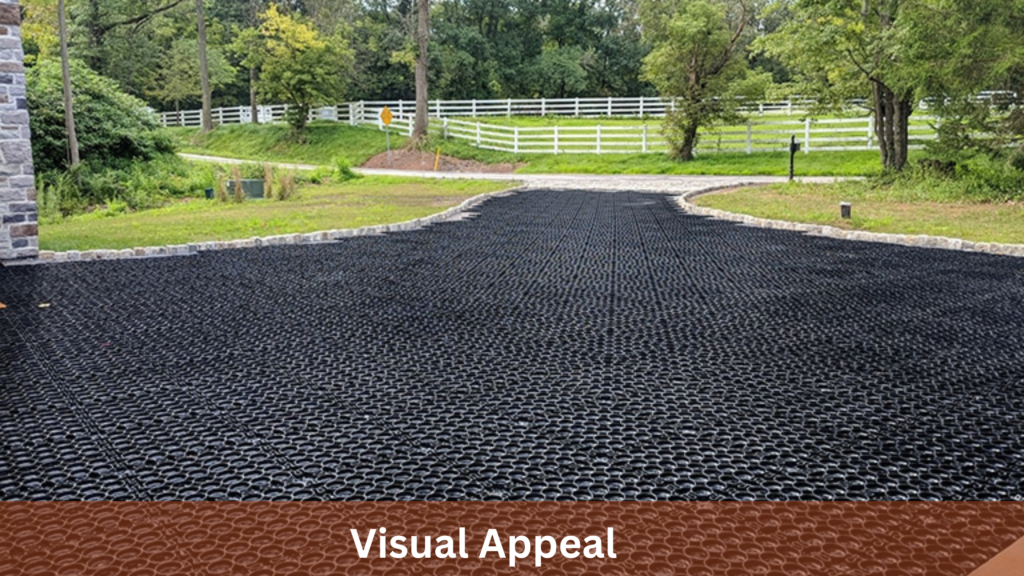
Paver driveways are renowned for their unparalleled visual appeal, offering homeowners endless possibilities for creating stunning outdoor spaces. Available in various colours, shapes, and patterns, pavers can be customised to suit any architectural style or personal preference.
Whether you prefer the classic elegance of brick pavers, the rustic charm of natural stone, or the sleek modernity of concrete pavers, there’s a style to match every taste and aesthetic.
Furthermore, pavers can be laid in intricate patterns such as herringbone, basket weave, or circular designs, adding visual interest and dimension to your driveway.
Pavers’ versatility extends beyond traditional driveway applications. They can also create borders, accents, or even entire outdoor living spaces, seamlessly blending the driveway with the surrounding landscape.
This cohesive integration enhances the overall curb appeal of your property and creates a lasting impression on visitors.
In addition to their aesthetic appeal, paver driveways offer practical benefits. The textured surface of pavers provides excellent traction, reducing the risk of slips and falls, especially during inclement weather.
Furthermore, their permeable design allows for natural drainage, preventing water from pooling and creating unsightly puddles on your driveway.
3. Versatility
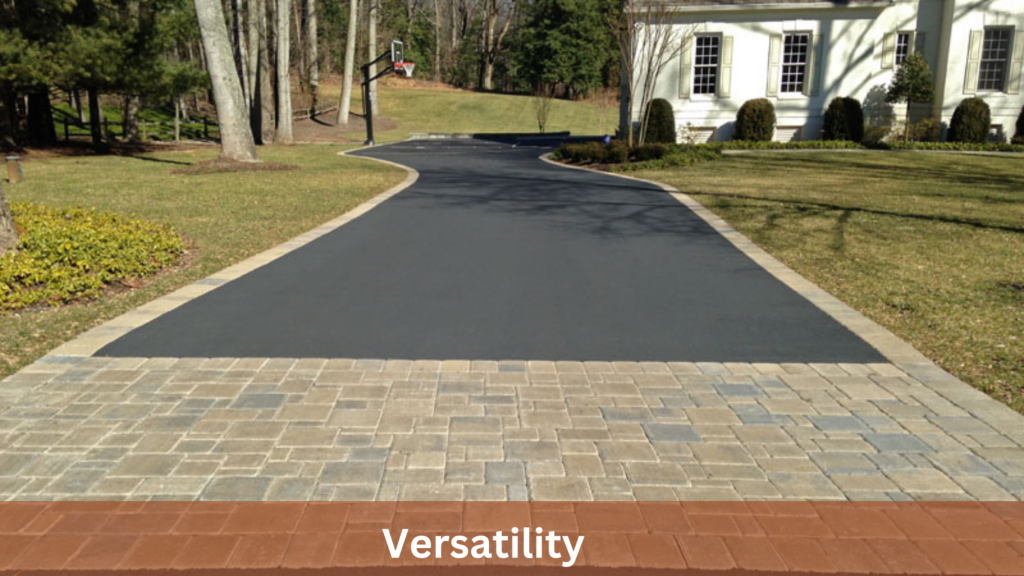
One of the standout features of pavers is their versatility, which allows homeowners to unleash their creativity and design a driveway that perfectly reflects their unique style and preferences.
Whether you have a traditional, contemporary, or eclectic home, pavers offer endless possibilities for customization and personalization.
Pavers can be laid in various patterns and configurations, allowing you to create a one-of-a-kind driveway that complements your home’s architecture and landscaping. From simple running bond patterns to intricate herringbone designs, the design options are limited only by your imagination.
Unlike concrete or asphalt driveways, which are complex and costly to modify once installed, pavers can be easily removed and replaced to accommodate changes in design preferences or landscaping features.
This flexibility allows you to adapt your driveway to suit evolving needs and tastes. Whether your driveway is flat, sloped, or irregularly shaped, pavers can be installed to accommodate the terrain and create a smooth, level surface.
Their modular design allows for seamless integration with the natural contours of your property, ensuring a visually pleasing and functional driveway.
4. Low maintenance
One of the most appealing aspects of paver driveways is their low maintenance requirements. Pavers are remarkably easy to maintain, unlike other driveway materials such as concrete or asphalt, which may require regular sealing, patching, or resurfacing.
The interlocking design of pavers creates a durable and stable surface that is resistant to cracking and shifting. Once installed correctly, paver driveways typically require minimal upkeep.
Routine maintenance tasks may include periodic sweeping or hosing down to remove dirt, leaves, and debris, helping prevent stains and keep the surface fresh.
While pavers resist weeds, occasional weed growth between the joints may occur, but this can be quickly addressed by applying a weed killer or manually pulling out the weeds.
The joint sand between the pavers may become dislodged or eroded over time, so replacing it every few years will help maintain the driveway’s stability and integrity. If spills or stains occur, prompt cleaning with a mild detergent and water can prevent permanent discolouration.
Compared to concrete or asphalt driveways, which may require frequent repairs and resurfacing, paver driveways require minimal maintenance, saving homeowners time, effort, and money in the long run.
Furthermore, because pavers are individual units, any damaged or stained pavers can be easily replaced without affecting the overall integrity of the driveway, this means minor repairs can be addressed quickly and affordably, prolonging the driveway’s lifespan and maintaining its pristine appearance.
5. Eco-friendly option
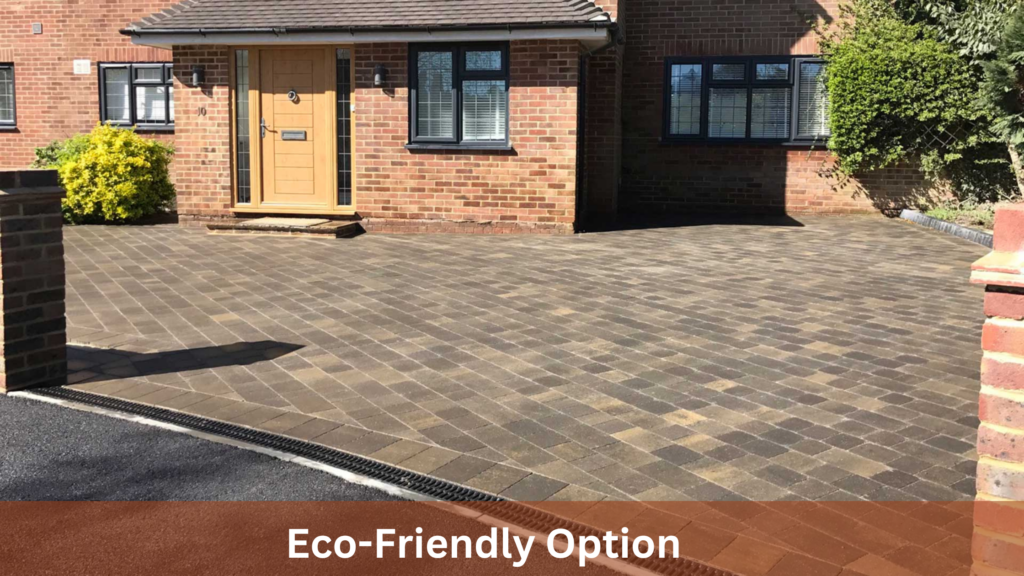
In today’s environmentally conscious world, more and more homeowners are seeking sustainable alternatives for their outdoor spaces, and paver driveways offer a compelling eco-friendly option.
One of the primary environmental benefits of paver driveways lies in their permeable design. Unlike traditional concrete or asphalt driveways, which create impermeable surfaces that contribute to stormwater runoff and flooding, pavers allow rainwater to infiltrate the ground naturally, replenishing groundwater supplies and reducing the strain on municipal stormwater systems.
Additionally, paver driveways’ permeable nature helps filter pollutants and contaminants from rainwater as they percolate through the soil, improving water quality and reducing the risk of pollution in nearby water bodies.
Furthermore, because pavers are typically made from natural materials such as concrete, brick, or stone, they have a lower environmental impact than synthetic materials. Many paver manufacturers also offer products made from recycled materials, further reducing the ecological footprint of the driveway.
Another eco-friendly aspect of paver driveways is their longevity. As mentioned, adequately installed paver driveways can last 30 years or more with minimal maintenance.
This longevity means fewer resources are required for repairs and replacements over the lifetime of the driveway, reducing waste and conserving materials.
6. Cost-effectiveness
While the initial cost of installing a paver driveway may be higher than that of traditional concrete or asphalt driveways, the long-term cost-effectiveness of pavers must be considered.
One of the primary factors contributing to the cost-effectiveness of paver driveways is their durability and longevity. As mentioned, paver driveways can last over 30 years or more with minimal maintenance.
This longevity means that homeowners will spend less on repairs, resurfacing, and replacements over the lifetime of the driveway, ultimately saving money in the long run.
Additionally, because pavers are modular units, any damaged or stained pavers can be easily replaced without redoing the entire driveway; this means that minor repairs can be addressed quickly and affordably, further reducing long-term maintenance costs.
Furthermore, pavers offer excellent value for money in terms of curb appeal and resale value. A well-designed and properly maintained paver driveway can significantly enhance a property’s aesthetic, increasing its marketability and resale value.
Studies have shown that homes with paver driveways sell for higher prices and spend less time on the market than homes with traditional concrete or asphalt driveways.
Moreover, paver driveways offer flexibility in design and customisation, allowing homeowners to create unique and personalised outdoor spaces that reflect their style and preferences.
This versatility adds to pavers’ value proposition, making them a worthwhile investment for homeowners who want to enhance the beauty and functionality of their properties.
7. Increased property value

Investing in a paver driveway enhances your property’s aesthetic appeal and functionality and adds tangible value to your home. A well-maintained paver driveway significantly enhances curb appeal, creating a welcoming entrance with timeless elegance and sophistication.
Paver driveways integrate with landscaping features like gardens, pathways, and outdoor living spaces, creating a cohesive and visually appealing outdoor environment. This coherent integration enhances the property’s overall aesthetic and leaves a lasting impression on potential buyers.
The durability and longevity of paver driveways are attractive selling points for homebuyers. Knowing they won’t have to worry about costly repairs or replacements shortly can make your property more appealing and valuable.
Paver driveways offer endless customisation options, allowing homeowners to create unique and personalised outdoor spaces that reflect their style and preferences. Whether choosing the perfect colour, pattern, or texture, the ability to customise the driveway adds value to the property and makes it more desirable to potential buyers.
Additionally, paver driveways’ low maintenance requirements are another selling point for homebuyers. Knowing they won’t have to spend much time and money on upkeep can make your property more attractive and valuable.
Conclusion
Paver driveways offer an unbeatable combination of durability, versatility, and aesthetic appeal. They can withstand the test of time, enhance curb appeal, and minimise environmental impact, so investing in one will pay dividends for years.
Experience the timeless elegance and practical benefits of paver driveways with Splendour In Stone Melbourne today!


